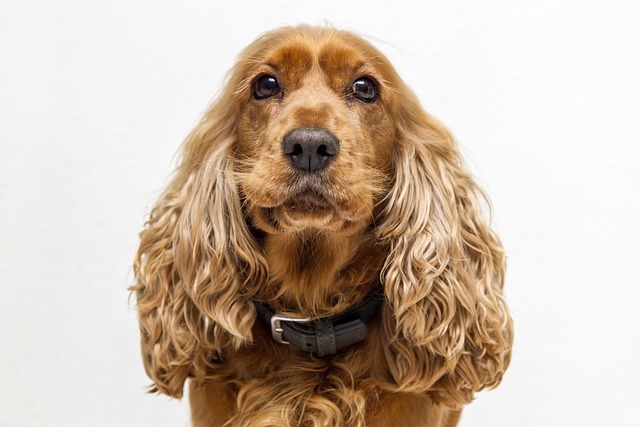
How do i train my dog to be obedient?
Watching your dog dart across the park ignoring your calls isn’t just frustrating—it can put them at risk near busy streets or public spaces.
If you’ve ever found a surprise on your living room rug after a long day, you know how tricky dog toilet training can be—especially when you’re aiming for the toilet instead of a pad or the yard. It’s not about being perfect on day one; it’s about building small, steady habits that work for both you and your pup, whether you live in a tiny apartment in Chicago or a house in the UK countryside.
Start by picking a consistent time for bathroom breaks—most dogs need to go within 15 minutes of eating, napping, or playing. Grab a leash and head straight to the toilet area; if you’re using a training seat that fits over your regular toilet, let them sniff it first to get comfortable. Never rush this step—patience here helps build trust, especially for puppies still learning their bodies’ cues.
Before you begin, check your local area’s pet laws. Many cities in the US and EU require dogs to be on leashes in public, but even for indoor toilet training, some places have rules about proper waste disposal. You don’t want to miss a step that could lead to fines, so a quick look at your city’s animal control website is worth it.
Use positive reinforcement every time your dog gets it right. A small treat, lots of praise, or a short play session works wonders. Dogs learn best when they connect good behavior with something they love. If they have an accident, don’t scold them—just clean it up quietly and try again later. Scolding can make them scared to go near the toilet at all.
 Gradually reduce the size of any training pad you might be using on the toilet seat. Start with a full pad, then cut it down a little each week until there’s no pad left. This helps your dog get used to the feeling of the toilet without relying on the pad. Make sure the toilet seat stays down when not in use, too—you don’t want your dog to fall in and get scared.
Gradually reduce the size of any training pad you might be using on the toilet seat. Start with a full pad, then cut it down a little each week until there’s no pad left. This helps your dog get used to the feeling of the toilet without relying on the pad. Make sure the toilet seat stays down when not in use, too—you don’t want your dog to fall in and get scared.
Pay attention to your dog’s body language. If they start circling, sniffing the floor, or whining, that’s a sign they need to go. Take them to the toilet right away—catching these cues early makes training faster. Every dog is different, so if one method doesn’t work, try adjusting it. Some dogs respond better to verbal cues, while others need more visual reminders.
Once your dog is consistently using the toilet, keep up the routine. Even well-trained dogs can slip up if their schedule changes, so stick to regular meal times and bathroom breaks. Remember, this process takes time—some dogs learn in a few weeks, others need a couple of months. Celebrate small wins along the way, and you’ll both be happy with the end result.

Watching your dog dart across the park ignoring your calls isn’t just frustrating—it can put them at risk near busy streets or public spaces.

New puppy owners often find themselves rushing to clean up accidents before they set in, and that’s where puppy pad training becomes a game-changer.

If you've noticed your dog's waistline disappearing and your veterinarian has mentioned those few extra pounds, your first instinct might be to simply reduce the amount of food in their bowl.

Training a dog to use a designated spot indoors isn’t as daunting as many new owners fear, but it does take consistency and an understanding of your pet’s needs.

That moment of dread on a walk is all too familiar for many new dog owners. You see another dog approaching down the sidewalk of your neighborhood

If the sight of another dog on your neighborhood walk makes your heart sink as your own dog erupts into a frenzy of barking and lunging, you're not alone.